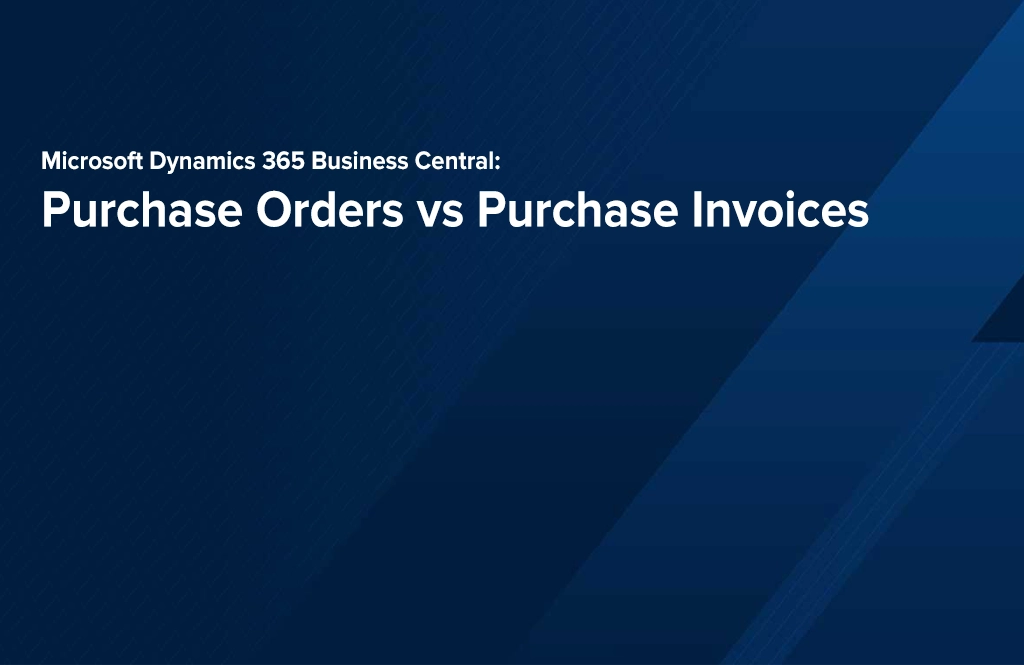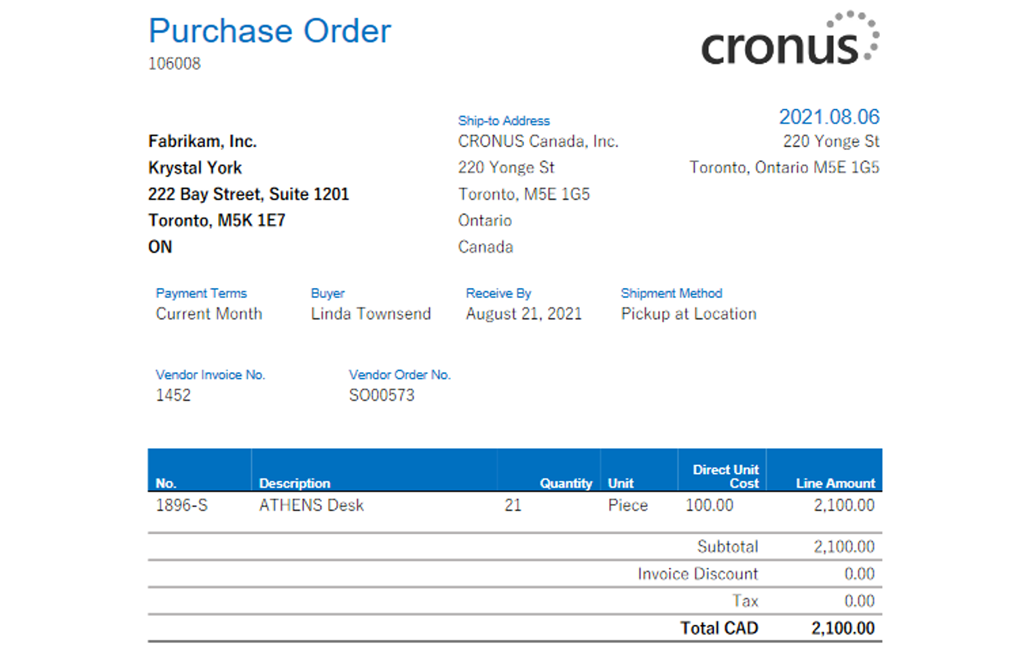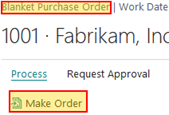Microsoft Dynamics 365 Business Central: Purchase Orders vs Purchase Invoices

This post is about the key differences between Purchase Orders (POs) and Purchase Invoices (PIs) in Microsoft Dynamics 365 Business Central (D365BC). Although the discussion focuses on POs and PIs, similar principles are applicable to Sales Orders and Sales Invoices in the system. Which one to choose? How easy it is to use one vs the other? Why one is preferable over the other in some cases. These and other questions are answered in this post.
Before diving into the topic details, it is useful to define a PO and a PI in the context of D365BC:
- A PO is a financial Document used to inform Vendors of the intended purchase of goods, services, assets, etc. Posting a PO usually results in two things: firstly, receiving goods and services (Posted Purchase Receipts) and secondly, recording the financial implications (Posted PI). These two do not have to happen simultaneously. For example, it is possible to receive goods and services on one date and to record the invoice from the vendor on a different date.
- A PI is a financial Document used to record financial implications of accounts payable (AP) transaction OR to simultaneously record a receipt and the related financial implications – the keyword in the latter case is “simultaneously” (unlike a PO).
So, what are the differences between the two and which one to use in any given situation, which one is easier? To begin with, it is worth mentioning that POs and PIs are about equally easy to use. However, there are some differences requiring that one needs to be used over the other:
- Partial receipts – as can be seen from the definitions above, if users need to be able to accommodate partial receipts (e.g. 21 chairs are ordered and are then received in increments of seven or so over a period of time), the PO functionality is the way to go as one PI can only be used to record one receipt which has to be invoiced at the same time.

- Purchase Order Document – if users need to issue a document (e.g. to print or create a PDF) to request goods or services from vendors, the PO functionality is built for the purpose – multiple PO design formats are available out-of-the-box and can be easily modified even further. PIs can be printed (or exported to PDF) too, but they are going to read “Purchase Invoice” which may bewilder some vendors; moreover, the print format of PIs is likely usually requires a substantial redesign to be suitable for external stakeholders meaning more development and consulting hours if PIs are used.

- Prepayments – there are situations when vendors require a prepayment (in full or partially). On the accounting side, the prepayment money should be posted to an asset G/L Account till the vendor’s invoice(s) are fully processed, at which point the money moves from the asset Account to other corresponding G/L Accounts. If this is the case, the PO functionality should be chosen as it fully accommodates and automates the process, unlike the PI functionality that lacks the Prepayment feature.

- Converting from a Purchase Quote (PQ) – companies using the PQ functionality will find that it can be only converted to a PO which only then results in a PI which effectively means that even if POs are not necessary, users still have to come through the PO step if they convert from a PQ.

- Blanket POs – in some industries, it is common to use Blanket POs which, again, immediately can only be converted to a PO.

The list above does not exhaust all the differences between POs and PIs, but focuses on the key ones to help users make an informed decision that is efficient and effective when it comes to purchasing Documents. It should be noted that both POs and PIs can be used by users within the same company, depending on what they need to process – it does not have to be one or the other. For example, it is possible to choose POs for receiving inventory (where partial receipts are expected) and PIs for recording simple transactions, such as utility bills.
In summary, this post has focused on the key differences between PO and PI functionality in D365BC. It has defined a PO and a PI in the system and has discussed when a PO is usually preferable over a PI. It has also been pointed out that both POs and PIs can be used within the same Company for different purposes.
Here's a video tutorial of the above:
At KMicro, we help companies make informed, efficient, and effective decisions related to information technology, such as enterprise resource planning (ERP) software, to attain desired business objectives. Our consultants analyze business processes to refine, optimize and automate them. We empower organizations and their hard-working teams to save time and money while increasing their positive impact on the world, whatever industry they are in. If you would like to discuss how technology can help attain your business objectives, contact us.

